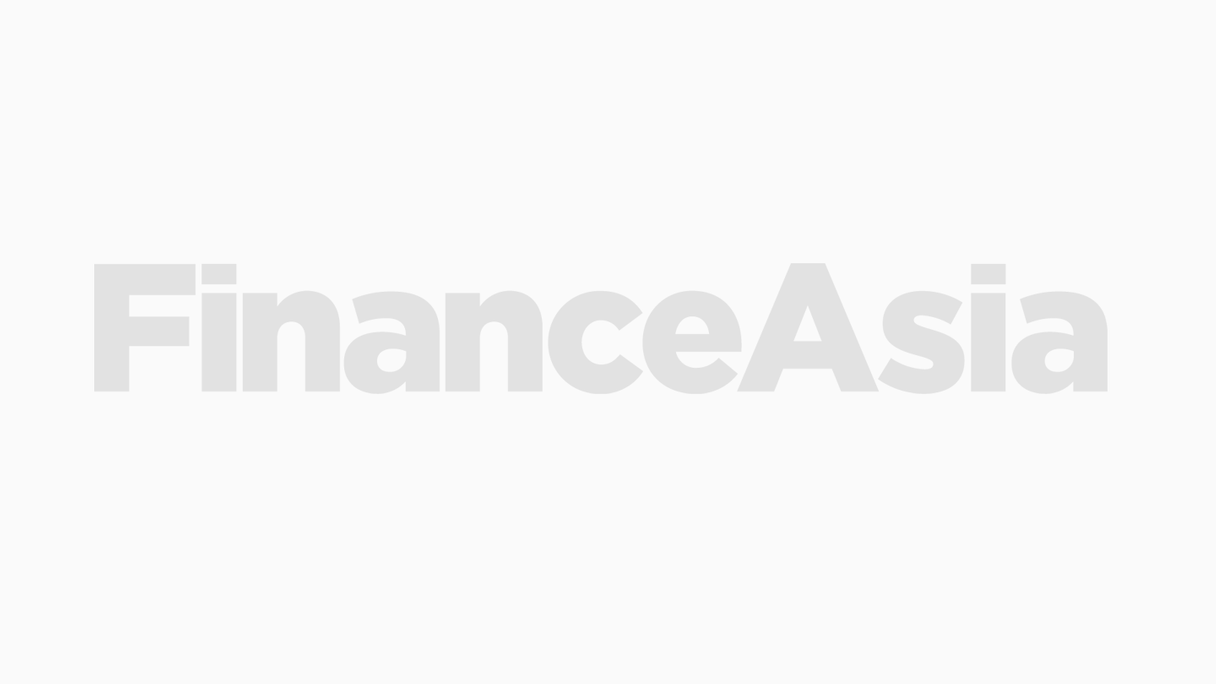Royal Philips Electronics last night sold its remaining shares in Korea's LG Display, raising a total of W1.2 trillion ($794 million). The sell-down was the final leg of a multiple deal exit by Philips from the Korean manufacturer of thin-film transistor liquid crystal displays (TFT-LCDs) and came almost one year to the day after its previous sale.
It also resumed the theme of substantial shareholders monetising non-core assets, which started off strongly at the beginning of the year but has been less prominent since mid-February as the equity markets have become more volatile. The trend is expected to remain a key feature throughout this year, however, and Philips' successful trade last night is likely to spark speculation about who may be next.
The timing appears to have been influenced by a recent strengthening of the Korean won and the fact that LG Display's share price is currently close to the top of the trading range where it has hovered this year. And while that price is 35% below where Philips sold its previous batch of shares, the Dutch firm has been an investor for a long time and according to a press release issued last night it still made a non-taxable profit of approximately €70 million ($89 million).
The deal comprised a 13.2% stake in LG Display, or 47.25 million shares. They were offered at a price between W25,500 and W26,000, which translated into a discount of 6.1% to 7.9% versus yesterday's closing price of W27,700.
After a one-and-a-half-hour bookbuilding, the offer was priced at the bottom of the range for a 7.9% discount. This is still tight compared with some of the other large sell-downs this year which have been completed at discounts of 10% or more -- especially since the deal accounted for about 17-18 days worth of trading volumes. By comparison, Bank of America's $2.8 billion sell-down in China Construction Bank accounted for 12 days worth of trading, while the $511 million secondary share sale in Bank of China by the Li Ka-shing Foundation equalled four days of volume. Royal Bank of Scotland's $2.4 billion exit from Bank of China also accounted for about 18 days of trading.
As is typically the case when Philips is in the market, last night's deal was a competitive situation with sources saying that at least six banks bid for part of the action. Consequently, the discount was likely pushed to the limit already before investors were invited to submit their orders.
Even so, well over 100 investors participated in the offering, which was fully distributed to a variety of accounts, including existing shareholders, Korean institutions, international institutions and hedge funds, all of which had likely been anticipating the deal as bankers had been sounding out the market for the right price level over the past few days. US participation was limited, however, since the books were closed at 8pm Hong Kong time to ensure that the allocations were completed by the time the US market opened. LG Display is listed in New York and if its shares had started trading before the deal was completed it could easily have affected the demand.
Indeed, the price of the company's American depositary shares fell in US trading last night and at one point was down as much as 8.2%. But towards the end of the session it recovered slightly in line with a bounce in the broader market and finished the day 5.8% lower at $8.83.
Demand for the shares may have been supported by an LG Display presentation to domestic investors and analysts on Tuesday, during which the chief financial officer was said to have given a fairly upbeat update of its operations. One source says he noted that capacity utilisation is ahead of expectations in the first quarter and that orders for the second quarter are improving.
And while LG Display's shares in Korea have been on a gradual rise since they hit a low of W16,650 in late October, they are still well below their 52-week high of W50,600 from May last year, making this a good level to buy in for investors who are positive on the stock and the industry for the longer term.
The deal, which was arranged by Morgan Stanley and UBS, was launched off a 1.65% gain yesterday.
LG Display was set up in 1999 as a joint venture between Korea's LG Electronics and Philips, Europe's largest consumer electronics maker and a provider of healthcare, lighting and lifestyle products. For the past couple of years, the Dutch firm has no longer considered this a core investment, however, and had been expected to sell out as part of a drive to divest its non-core holdings in general. Over the past two years it has also sold its entire stake in chip maker Taiwan Semiconductor Manufacturing Corporation and sold a majority stake of its own semiconductor unit to a group of private equity firms.



